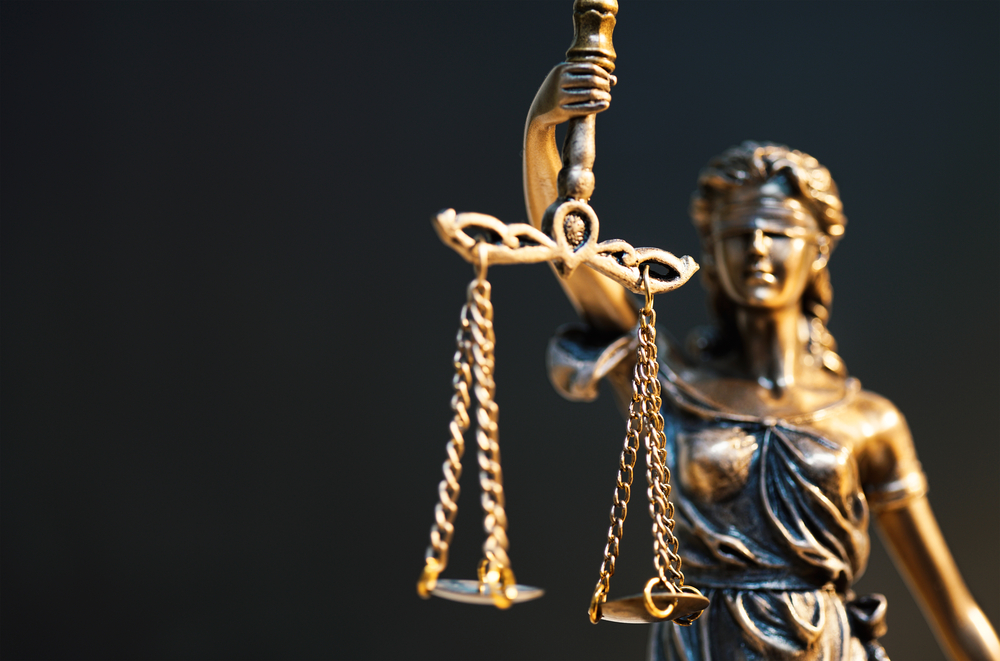What is the NY Scaffolding Law?

The NY scaffolding law is a set of regulations designed to ensure the safety of construction workers using scaffolding in New York City. It requires building owners and contractors to follow strict standards for scaffolding installation, maintenance, and inspection.
The law mandates proper training for workers, certified inspections, and adherence to specific safety protocols to prevent accidents and injuries on construction sites. These rules apply to all construction projects involving scaffolding taller than 10 feet.
Understanding this law is crucial for anyone involved in construction or property management in New York because non-compliance can result in significant fines and legal consequences. The regulations aim to protect both workers and the public from the risks associated with scaffolding work. You should speak with an injury attorney if you need to know more about the NY scaffolding law.
Understanding the NY Scaffolding Law
The NY Scaffolding Law governs liability and safety in scaffolding-related construction accidents. It defines specific duties for owners, contractors, and workers, affecting legal responsibilities and claims. This law reflects a unique approach tailored to New York’s construction industry context.
Definition and Scope
The NY Scaffolding Law is a set of statutory regulations, found in New York Labor Law Sections 240 and 241. It focuses primarily on protecting workers involved with scaffolding and other elevation-related equipment. The law holds multiple parties—owners, contractors, and subcontractors—responsible for safeguarding construction workers from falls or equipment failures.
The law applies to any construction, demolition, repairing, or alteration work involving elevated platforms. It mandates the provision and maintenance of proper scaffolding, safety devices, and adequate warnings about potential hazards. Injuries from scaffold collapses or improper rigging fall under its jurisdiction.
The History and Purpose of the NY Scaffolding Law
Enacted in 1885, the NY Scaffolding Law was the response to a rising number of fatal construction accidents. Its original aim was to protect laborers working at height by clearly allocating liability. Over time, amendments strengthened its protective scope and clarified duties.
The law’s purpose is primarily to enforce workplace safety and ensure injured workers receive compensation without proving fault. It shifts responsibility away from workers, creating more accountability for property owners and contractors. This reflects New York’s commitment to rigorous construction safety standards.
What Makes the NY Scaffolding Law Unique Compared to Other Construction Laws
Unlike typical negligence laws, the NY Scaffolding Law imposes absolute liability on certain parties. It does not require proving negligence to hold owners or contractors responsible for scaffold-related injuries. This makes it one of the strictest safety statutes in the U.S.
The law also covers a wider range of equipment and scenarios, such as hoists and safety devices, beyond mere scaffolding structures. Its reach includes all construction phases where protection from elevation hazards is necessary.
This strict liability framework encourages compliance and preventive safety measures, setting it apart from more fault-based legal systems in other states.
Liability and Protections Under the Law
The NY Scaffolding Law sets specific rules about who is protected on construction sites and clarifies legal responsibilities. It aims to reduce accidents by defining liability for employers and property owners clearly.
Who Is Protected by the NY Scaffolding Law
The law primarily protects workers involved in erecting, dismantling, or using scaffolding. Contractors and subcontractors working at heights benefit from its safety requirements.
Protection extends to laborers performing tasks related to scaffolding, including painters and masons. They are covered regardless of their direct employment relationship because the law recognizes high risks in scaffold work.
Additionally, the law includes protections for workers injured due to the negligence of scaffold providers. This means injured parties can seek compensation without proving fault, easing the burden on the worker.
Scope of Liability for Employers and Property Owners
Employers and property owners face strict liability for scaffold-related injuries. This means they can be held legally responsible even without negligence for scaffold hazards causing worker injuries.
Owners must ensure their scaffolding meets safety standards, and failure to do so increases liability. Employers also have a duty to provide proper equipment and training.
Liability applies jointly to contractors, subcontractors, and property owners regardless of who controls the scaffolding. This encourages all parties to maintain safe working conditions on-site.
Responding to Scaffolding Accidents
When a scaffolding accident occurs, timely actions and understanding the legal landscape are critical. Proper steps can protect the injured party’s rights, while awareness of common challenges helps in navigating claims and obtaining remedies.

Steps to Take if Involved in a Scaffolding Accident
- The injured person should immediately seek medical attention, even if injuries seem minor. Prompt treatment documents the injury and helps with future claims.
- They must report the accident to the employer or site supervisor without delay. This creates an official record, which is essential under New York scaffolding law.
- Taking photos or gathering witness contact information is crucial. Physical evidence and statements can support liability claims.
- Keeping detailed records, including medical bills and work absences, strengthens the case for compensation.
- It is advisable to consult a lawyer experienced in construction and scaffolding laws to understand the rights and navigate the claim process.
Common Challenges Faced in Scaffolding Accident Cases and Legal Remedies Available
- Proving fault can be difficult because scaffolding projects often involve multiple parties, such as contractors, subcontractors, and equipment manufacturers.
- Disputes may arise over whether safety standards under New York labor laws were followed, including proper inspections and equipment use.
- Claimants might face attempts to limit liability through contractual clauses or employer defenses citing worker negligence.
- Legal remedies include workers’ compensation claims, third-party negligence suits, and OSHA violation complaints. Each has distinct eligibility and procedural requirements.
- A knowledgeable attorney can identify all liable parties and pursue the best course of action, ensuring access to full compensation for medical costs, lost wages, and pain and suffering.
Legal Representation in Scaffolding Accident Cases
Victims of scaffolding accidents often face complex legal challenges, including proving liability and navigating strict safety laws. Effective legal representation can help secure compensation for injuries while addressing both state regulations and employer responsibilities.
How Isaacson, Schiowitz & Korson, LLP Aids Victims of Scaffolding Accidents
Isaacson, Schiowitz & Korson, LLP specializes in scaffolding accident cases by thoroughly investigating site conditions and employer compliance with New York’s Labor Law § 240. They gather evidence to demonstrate negligence, often involving faulty equipment or inadequate safety measures.
Their team works closely with medical experts and construction professionals to build strong cases. They also focus on maximizing compensation for medical bills, lost wages, and pain and suffering. The firm communicates clearly about case progress and legal options tailored to each victim’s situation.
Securing the Right Legal Support
Choosing the right lawyer involves assessing experience with New York’s scaffolding laws and past success in similar cases. Victims should look for attorneys who offer free consultations and contingency fee arrangements, minimizing upfront costs.
Effective legal support includes prompt action to meet strict deadlines for filing claims. Lawyers must handle insurance negotiations and, if needed, represent the client in court. Accurate documentation and strategic case management improve the chances of successful outcomes.



